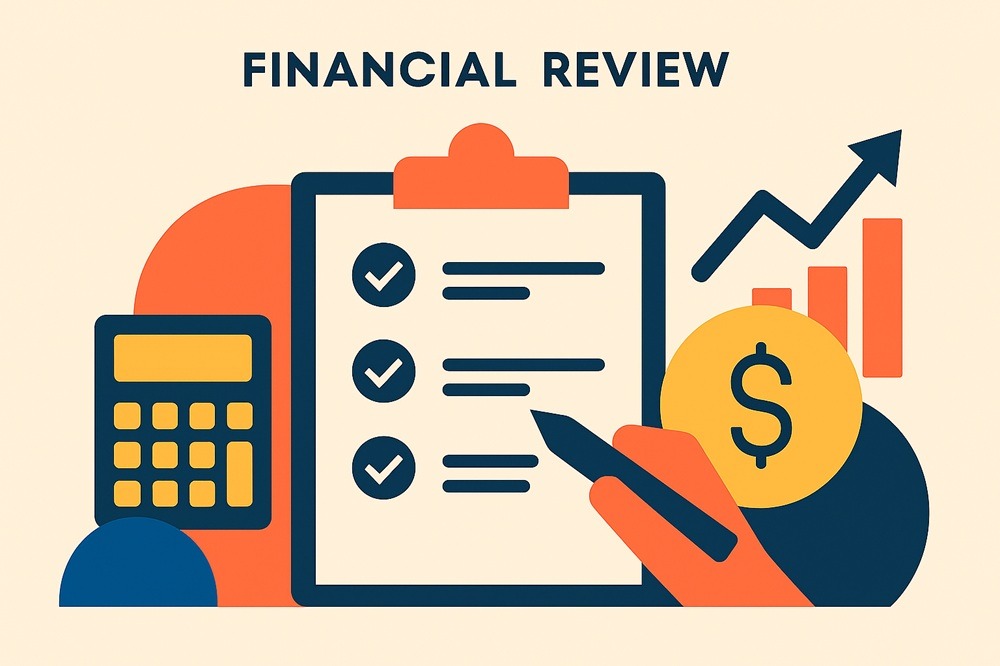Understanding Underwriting in Life Insurances
You may have heard the term underwriting in relation to your life insurance. Underwriting sounds serious. And, given why we need to take out life insurance, underwriting is relatively serious. But it is also quite straightforward.
When you make an application to a life insurer, they need to decide whether or not to offer you an insurance policy. Life insurance companies need to make a profit, and so they have an incentive to minimise the number of potential claims they may face. To do this, they consider the risk that you might make a claim before offering you a policy.
Underwriters consider a range of information. Some of this is general, such as your gender, date of birth, occupation, et cetera. The risk of an insured event happening has an obvious relationship with these general factors. For example, a person in their 70s is more likely to die than a person in their 20s (everything else being equal). Similarly, some occupations are more closely related with illness or injury than others. So, the insurer considers this general information about you when deciding how likely it is that you may make a claim on your policy.
Especially as the sums insured increase, insurers also look at specific information about you. Most obviously, they will look at your health history. If you have a pre-existing health condition, almost certainly the insurer will decide not to issue a policy that covers that condition. This makes sense, given that every is obviously a high likelihood that you would make a claim if that condition was covered. Sometimes, your health history may suggest an increased risk of some other kind of injury or illness in the future.
Insurers obtain health information from two sources. The first is you, the applicant. When you apply for insurance, you will be asked a series of questions about your health history. The second source of information are medical practitioners who have treated you previously. Often, you will be asked for contact details for these practitioners and to give your permission to the insurer to contact them. You are free not to give this permission – but the insurer is just as free not to issue you with a policy! So, if you would like the insurer to issue a policy, then you need to give permission for them to communicate with your health practitioners.
Given that you are a main source of information for the insurer, it is very important that you be completely honest with the insurer. Indeed, you have a legal obligation (known as a duty of utmost good faith) to be honest. If you are not honest, then you run a serious risk of invalidating your policy. That means that a claim won’t be paid at some future time if the insured event happens.
There are four main potential outcomes of the underwriting process. These are:
- issue a policy;
- issue a policy with a premium loading;
- issue a policy with exclusions; and/or
- decline to issue a policy.
A premium loading is where the insurer asks you to pay a higher premium in return for a policy. Loadings are applied where the insurer calculates that you are an above-average risk for an insured event to occur.
A premium exclusion is where an insurer offers you a policy but explicitly excludes certain health events. For example, if you have a history of knee problems, you may find that an income protection policy explicitly excludes injuries to do with your knees.
If you think that there will be an issue in the underwriting process, feel free to speak to us about it. Alternatively, you can ask that you speak directly with the insurer, such that your privacy is maintained with us. That is, you can speak directly with the insurer about your health history, and we as your advisers do not need to know about it.
The main thing to remember is that the underwriting process is a logical one. Provided you are completely honest, there is nothing to be concerned about. So, when next you hear about underwriting, don’t be put off.




